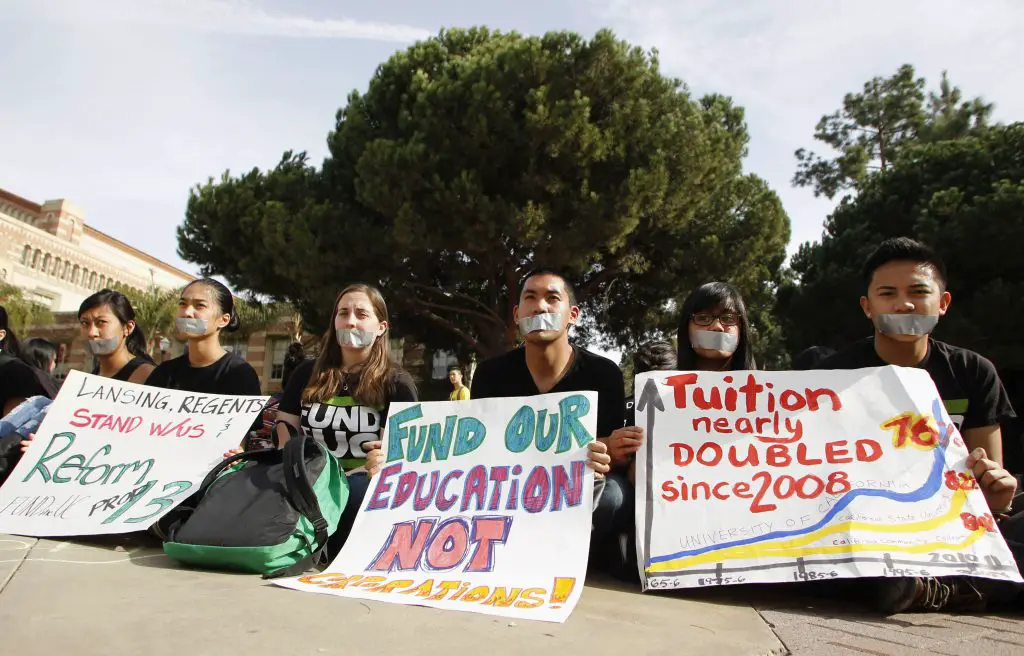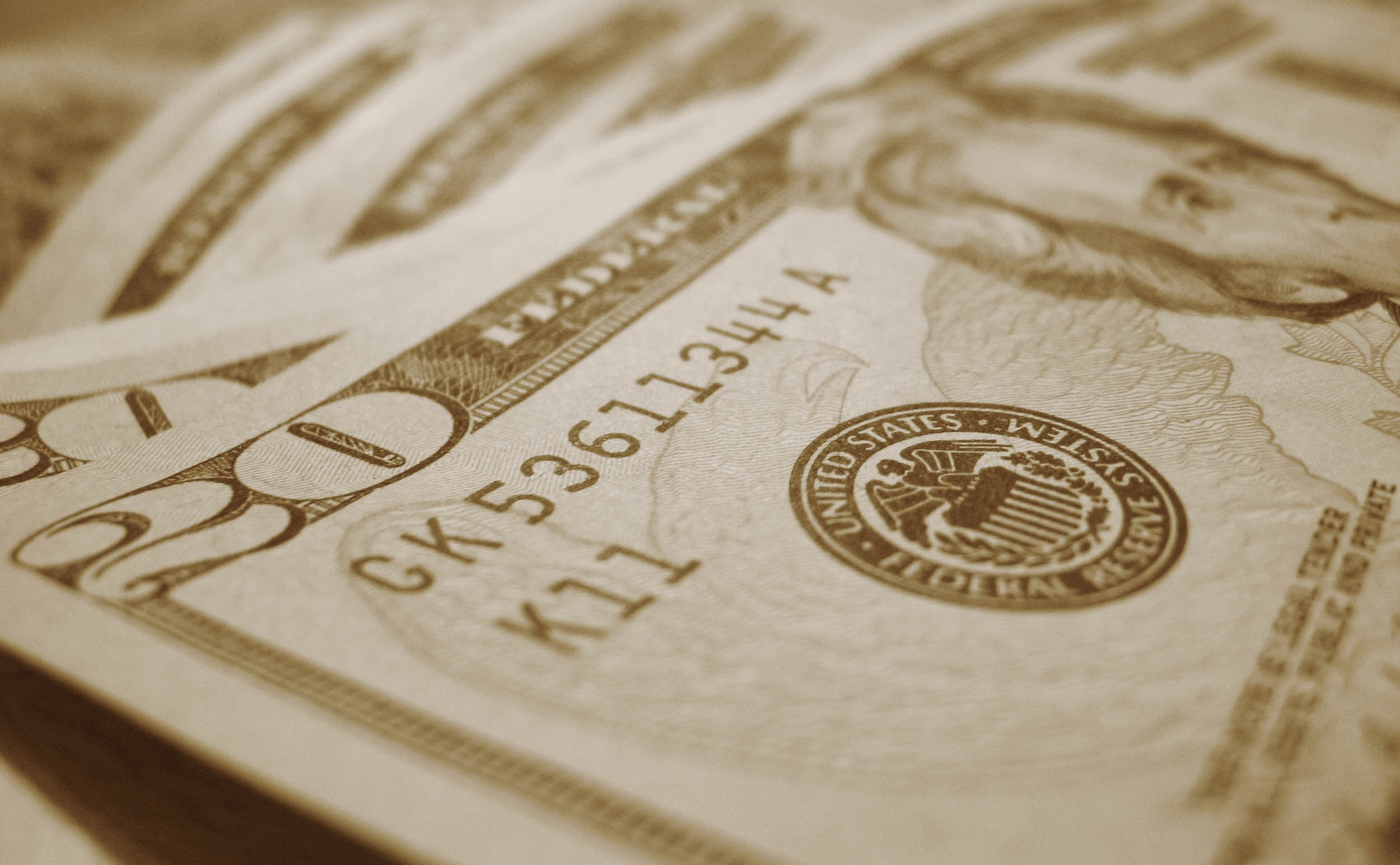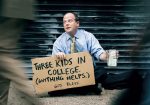College at What Cost?
Given that most students spend tens of thousands of dollars on their education, what can they reasonably expect to receive?
By Amelia Williams, City College of San Francisco
My parents raised me to follow my dreams.
My childhood was full of encouraging words, extracurricular activities and the notion that college would be a step in achieving those dreams. No matter what I wanted to be at the time or where I wanted to travel or who I wanted to meet, college was always framed as a necessary step in that journey.
Granted, college is a major key in my and many others’ paths to success that comes with a unique set of opportunities. I’ve attended two schools in my collegiate career, and I’m preparing to apply to a third, and I consider myself fortunate as hell. But what about those who can’t get in, not because they aren’t dreamers, but because they don’t have the financial means to attend or stay in school?

College is painted as this mythical, 4-year stepping stone to the American dream, where everyone can succeed if they try hard enough. There are a myriad of things wrong with this idealization, namely that barely 2/3 of people starting college, private or public, graduate, and they definitely don’t graduate in four years. I’m one of those students who is going to take longer, a result of my unpreparedness and lack of vision for my future. However, I argue the biggest hurdle of this generation to get into and finish college is the cost, and the costs that pay for the cost.
An article on “Fortune” by Washington college president, Sheila Bair, shows that while college attendance has remained consistent since 2005, tuition on a national level has gone up 50 percent and student debt almost 175 percent. In 2011, the Pew Research Center published an extensive dual study on the social and fiscal semantics of college, according to the public and college presidents. When asked “Is college affordable for most people today?” less than half of the 1,000+ college presidents surveyed said yes; for the public it was less than a quarter. Surprising? No, but it’s nice to know the higher ups have some self-awareness.
Numbers like these contextualize why fewer and fewer Americans are graduating college in a timely (less than 6 years) fashion, if at all. Cumulative student debt in this country exceeds a billion dollars, and this nifty site shows you real-time accumulation of it while juxtaposing it to collective American credit card debt and auto loans, neither of which is even close. Granted, more than 80 percent of graduates believe their degree was a good investment, and a college degree does translate to around $20,000 more in annual salary than a high school diploma.
When I arrived at my big, fancy 4-year research university, living on campus freshman year, coupled with a meal plan, was mandatory; many public and private schools in North America are the same way. When I sat down and did the math, I was actually paying more (in my particular case, WAY more) for room and board and materials than I was in tuition. The esteemed UC Berkeley here in the Bay Area is a thousand dollars more expensive in dorm fees than it is in tuition, if you’re a resident that is. And if it’s not pricier than tuition, it’s definitely pricier than off-campus rent.
How do disparities like this become commonplace? How do state governments allow their public colleges to rival private university fees? I can’t speak for the nation, but I know a thing or two about the crisis in California.
The changes in the UC system have been slow and cumulative; the transition from the state’s General Fund to the pockets of students and their families, has created a $2 billion difference in the last 20 years. This means, in addition to everything getting more expensive, there’s less aid for brilliant, low-income students. It also makes it harder for students who grew up in California, who have been preparing their whole lives to go to one of the esteemed UCs or CSUs, can’t get in like they used to, because out-of-state applicants pay out-of-state fees.
In fact, according to a study conducted in 1999 and again in 2007 by Princeton economists, the income disparity of Ivy League graduates and “second-tier” school graduates, is virtually non-existent.
The Ivy League name carries prestige, of course, but “performance is far more important than education.”
In doing research for this piece, I looked into the examination of the college mystique as a symptom of conspicuous consumption. The term is over a hundred years old, and was created to describe the phenomena of primarily the upper classes displaying their wealth ornamentally; in short, buying expensive things and showing them off so everyone knows they are rich.
There isn’t a substantial amount of writing of how this translates to the perceived value of education. The Ivy League is a great example of this. Is Harvard expensive because it’s good, or is it good because it’s expensive? With a 6 percent acceptance rate last year, and roughly 35,000 applications, Harvard is in no short supply of people willing to go in debt for its $60,000/year tuition, with another $30,000 for room and board. There is also the added social prestige of our current president, Barack Obama having attended Harvard, as well as George W. Bush, John F Kennedy and both the Roosevelts among others, making Harvard the school with the most presidential alumni. Yale is second.
I’ve attended a public Canadian university and a Californian community college, and hopefully next year I’ll be at a state school. Throughout my junior and senior years I met with an immeasurable number of college reps, fairs and tours. All of them “sold” me on private school being the way to go, and both of my parents had attended private universities. But no one told me that, like I said above, the name of my school is not as important as what I choose to do at that school.
The United States is recovering from a recession, and more than half of Congress’ $1.1 trillion dollars discretionary spending for 2015 went to the military. What to do? The answers are few and unpopular. For me, the answer has been to focus on me and what I can do in college, not what my college is expected to do for me.

















